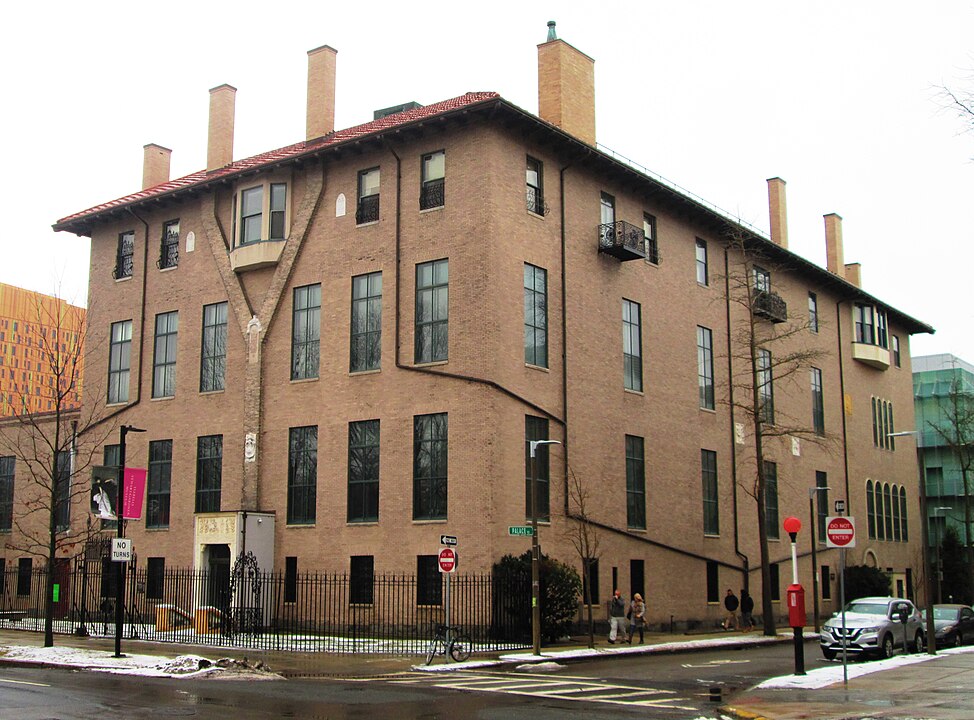Black Lives Matter began as a hashtag in 2013, then grew into a broad push for equal treatment under the law. It links daily stories to data, like use-of-force rules and public budgets. The movement is decentralized, so local chapters act on city issues while national groups share tools. You will see names, dates, and laws that shaped the work, from the 2014 protests in Ferguson to the 2020 reforms in several states. Learn how people organize, measure change, and stay safe at events.
1. Origins, Founders, and the First Hashtag in 2013

Black Lives Matter started in July 2013 after a Florida jury acquitted the shooter in the Trayvon Martin case. Alicia Garza, Patrisse Cullors, and Opal Tometi used the phrase online, then built offline networks. By 2014, chapters formed in cities like Oakland and New York to push policy, not just slogans. They focused on equal protection promised by the 14th Amendment, clear use-of-force standards, and public data. The goal was simple, make rules fair, then track results by year, neighborhood, and budget line.
2. Ferguson 2014, Protests, Reports, and Early Reforms
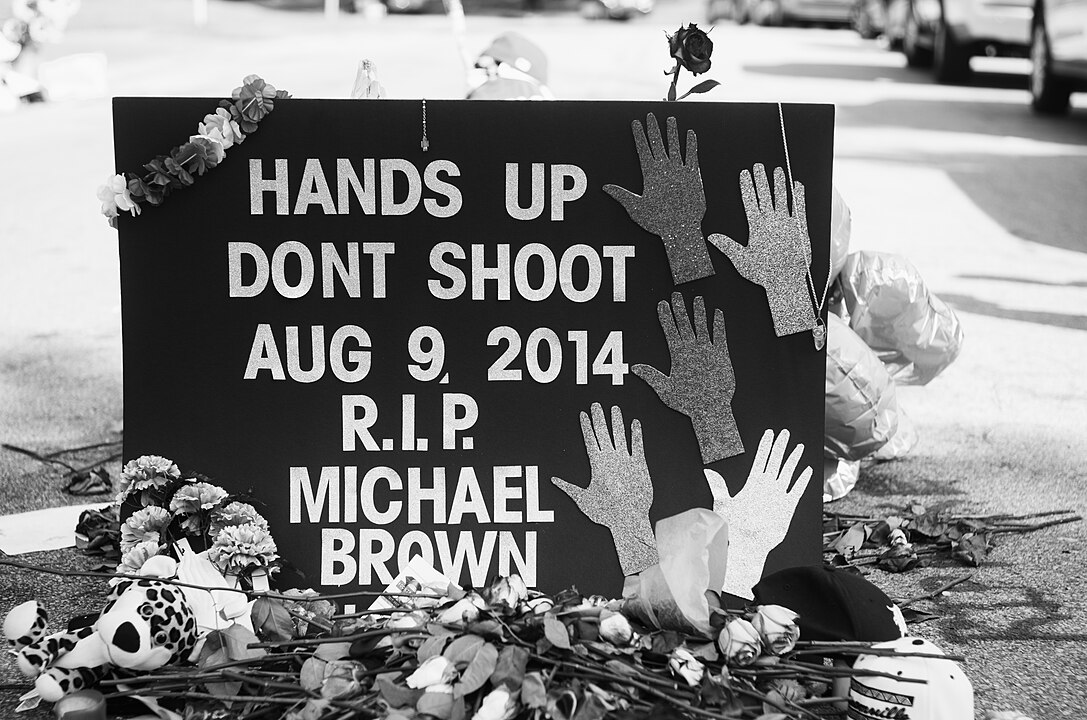
After the August 9, 2014 shooting of Michael Brown in Ferguson, Missouri, protests drew national attention to police policy. In March 2015, a federal report described unconstitutional practices in the city’s courts and department. Body camera programs expanded in many places the next year. Organizers learned march routes, curfews, and permit rules, then trained legal observers to keep records. Public meetings posted minutes and votes, which let teens track how proposals moved from chants to code and city budgets.
3. From Streets to Statutes, 2020 Policy Milestones
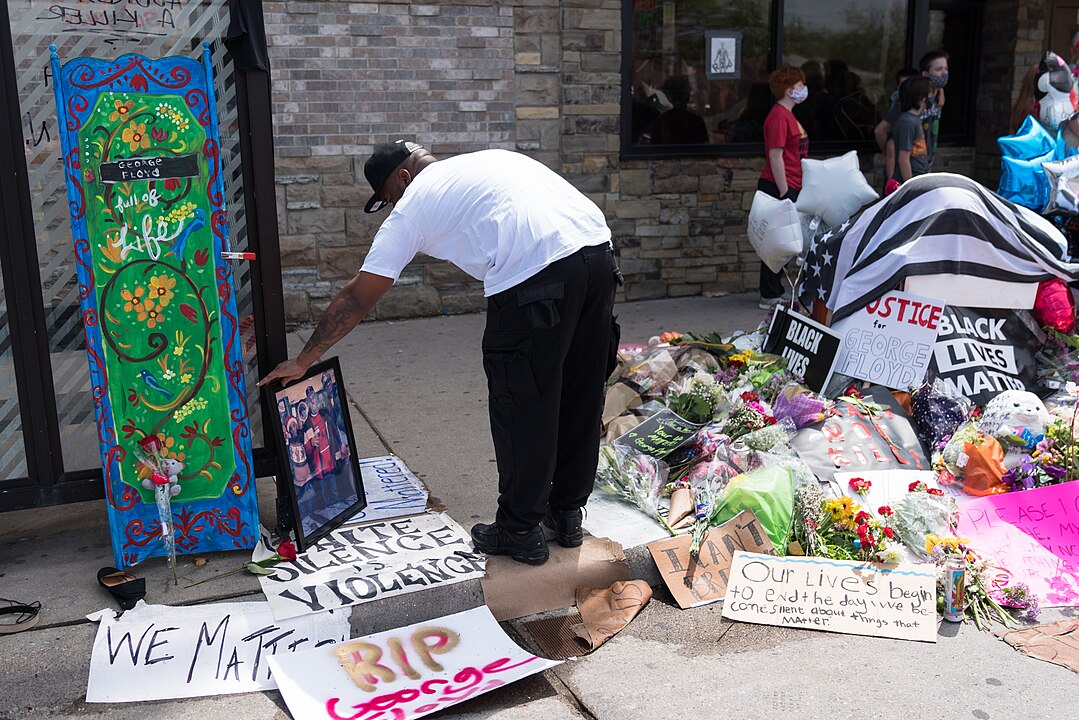
Policy goals moved from signs to statutes in 2020. Several states limited chokeholds after the death of George Floyd on May 25, 2020. New York passed the Eric Garner Anti-Chokehold Act in June, and Minneapolis banned chokeholds the same month. Cities added duty-to-intervene rules and tightened reporting on stops and force. Teens can check city codes, which list definitions, thresholds, and annual reviews. Measuring change means comparing complaints, injuries, and payouts year to year, not just watching headlines fade.
4. Scale of the Moment, Participation and Safety in 2020

From late May to August 2020, marches happened in all 50 states and Washington, DC. Researchers estimated that between 15 and 26 million people joined at least one event, making it one of the largest U.S. movements. Event data also showed most demonstrations were nonviolent nationwide. Street safety still mattered, so organizers shared first aid tips, de-escalation steps, and exit routes. Curfews, usually starting 8 or 9 p.m., shaped schedules and legal risks for young people and volunteers on the ground.
5. How the Network Works, Chapters and Nonprofits
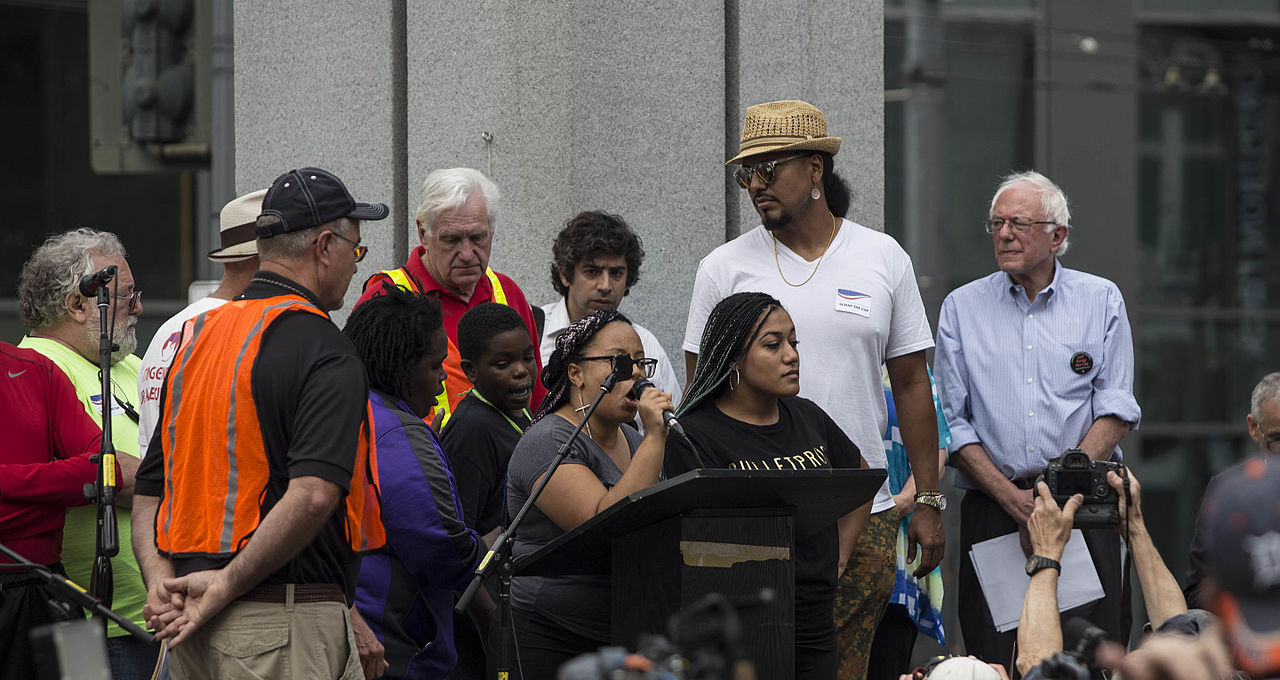
The movement is decentralized. Local groups plan actions, while national nonprofits offer training and grants. By 2014, the Black Lives Matter Global Network formed, later using fiscal sponsors to process gifts before creating its own charity. Separate 501(c)(3) and 501(c)(4) models exist in many causes, one for education, one for advocacy. Donors expect annual Form 990 filings and audits, which show revenue and grants by category. Teens can read those public records to see how dollars move from campaigns to concrete community work.
6. Budgets and Votes, What Changed After 2020
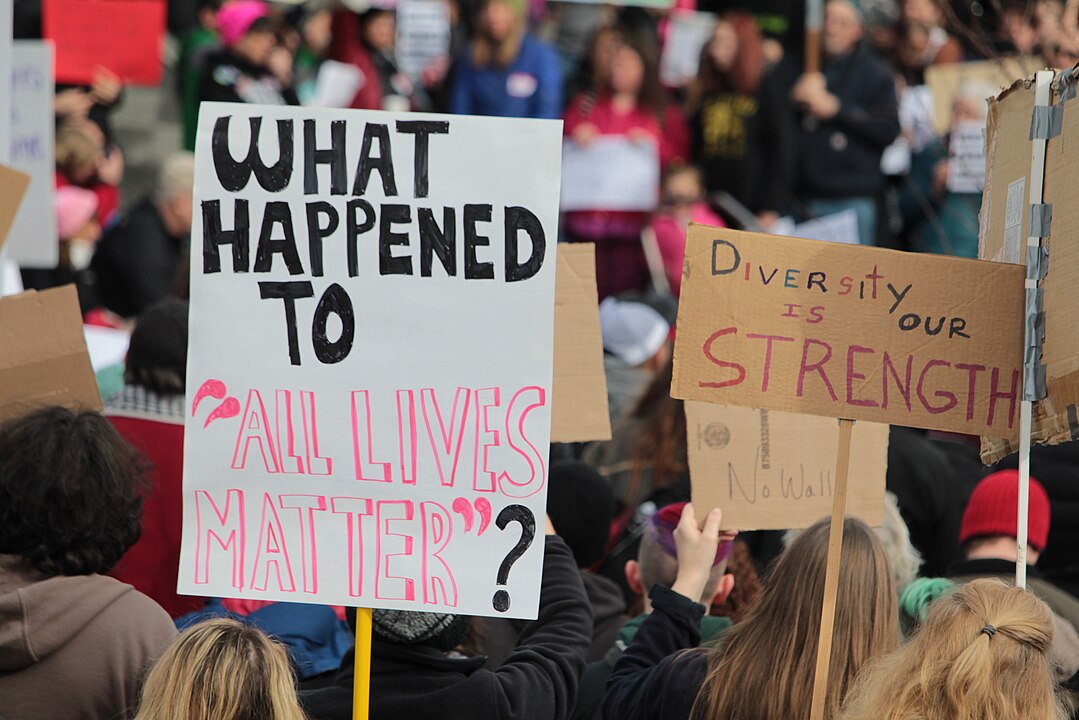
Debates over budgets followed in 2020 and 2021. Some cities reduced police spending for one fiscal year, then raised it again in 2022 or 2023 as revenues recovered. Los Angeles and New York both adjusted appropriations in FY2021, then increased funding in later cycles. Council votes are recorded, with dollar lines by department and fund. The lesson for teens is to track the calendar, because proposals appear in spring hearings and take effect July 1 in many cities. Budget tables show staffing, overtime, and equipment, letting residents compare promises with actual spending by quarter.
7. Laws, Consent Decrees, and Body Cameras
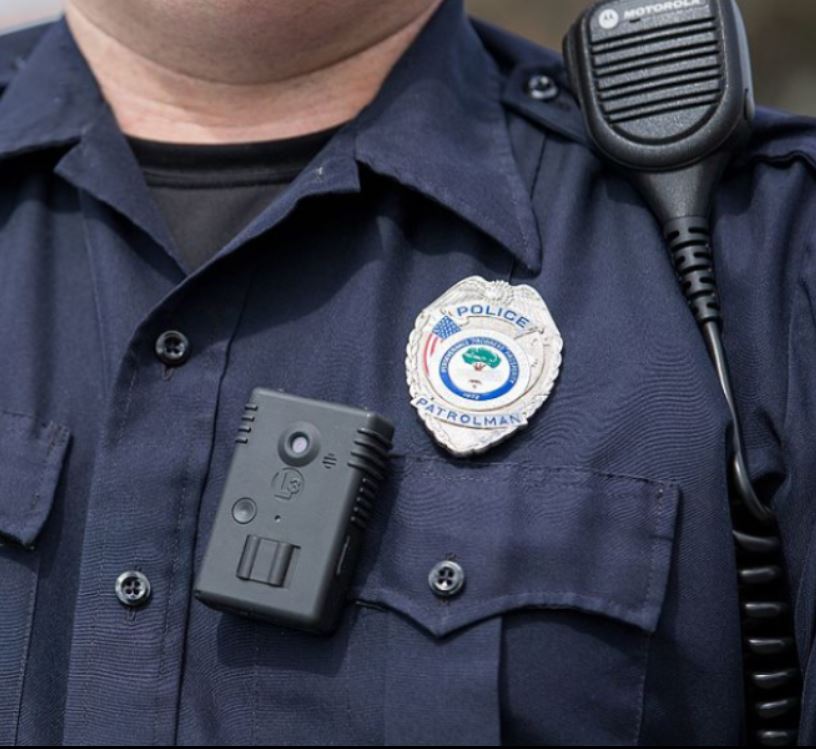
Policy change also came through laws and court orders. Colorado’s SB20-217 required most officers to wear body cameras by 2023 and set reporting rules for uses of force. Several cities adopted duty-to-intervene policies and limited no-knock warrants after 2020. The Justice Department used consent decrees to reform departments in places like New Orleans and Baltimore, with monitors filing annual reports. These steps turn values into rules you can read in public code libraries and federal dockets, not just in speeches.
8. Beyond Protests, Records, Meetings, and Open Data

Civic work moved beyond streets. Students used the federal Freedom of Information Act, passed in 1966, and similar state laws to request records on stops, budgets, and contracts. Many cities now publish use-of-force dashboards with annual totals and per-capita rates. Teens can attend police commission meetings, which post agendas at least 72 hours ahead in many states. The federal Sunshine Act of 1976 set open meeting rules for agencies. Writing a short comment with a date, statute, and request for a vote often gets better results than a long speech.
9. Checking Facts and Staying Safe at Events

Misinformation spreads fast during protests. Teens can verify claims by checking whether a group lists a real employer identification number and a recent Form 990 filing, both standard for U.S. charities. For events, organizers should post permits with dates, streets, and times. Safety basics include writing an emergency contact on paper, carrying water, and knowing exit routes. If trouble starts, leave in small groups, walk to a lit area, and call a trusted adult before posting anything online.
10. Everyday Actions, 311 Calls, Classrooms, and Metrics
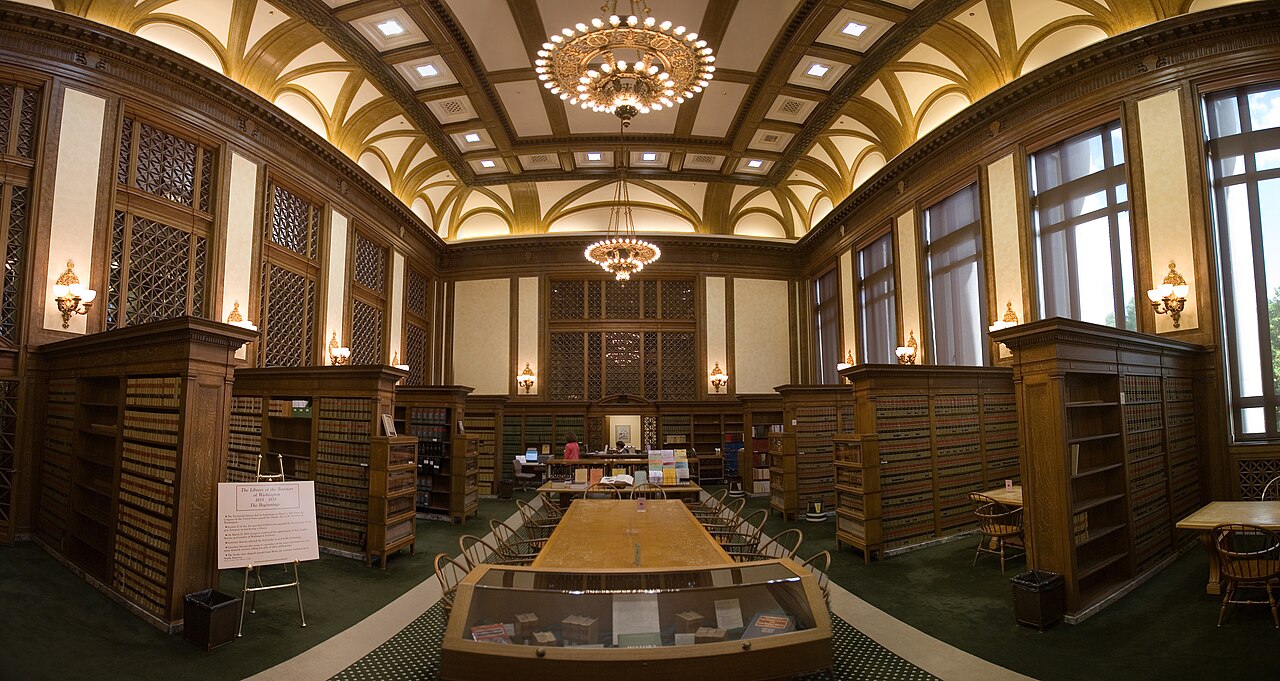
Helping does not require a megaphone. Many U.S. cities run 311 lines for nonemergency reports, from streetlights to graffiti, while 911 remains for emergencies. Libraries host know-your-rights nights with public defenders. Schools can add peer mediation or restorative circles with training hours logged for credit. Track progress with simple numbers, like response times, complaint totals, and injury rates per 100,000 residents. Small, steady fixes build trust between neighbors and public agencies, which is the movement’s long-term goal.

